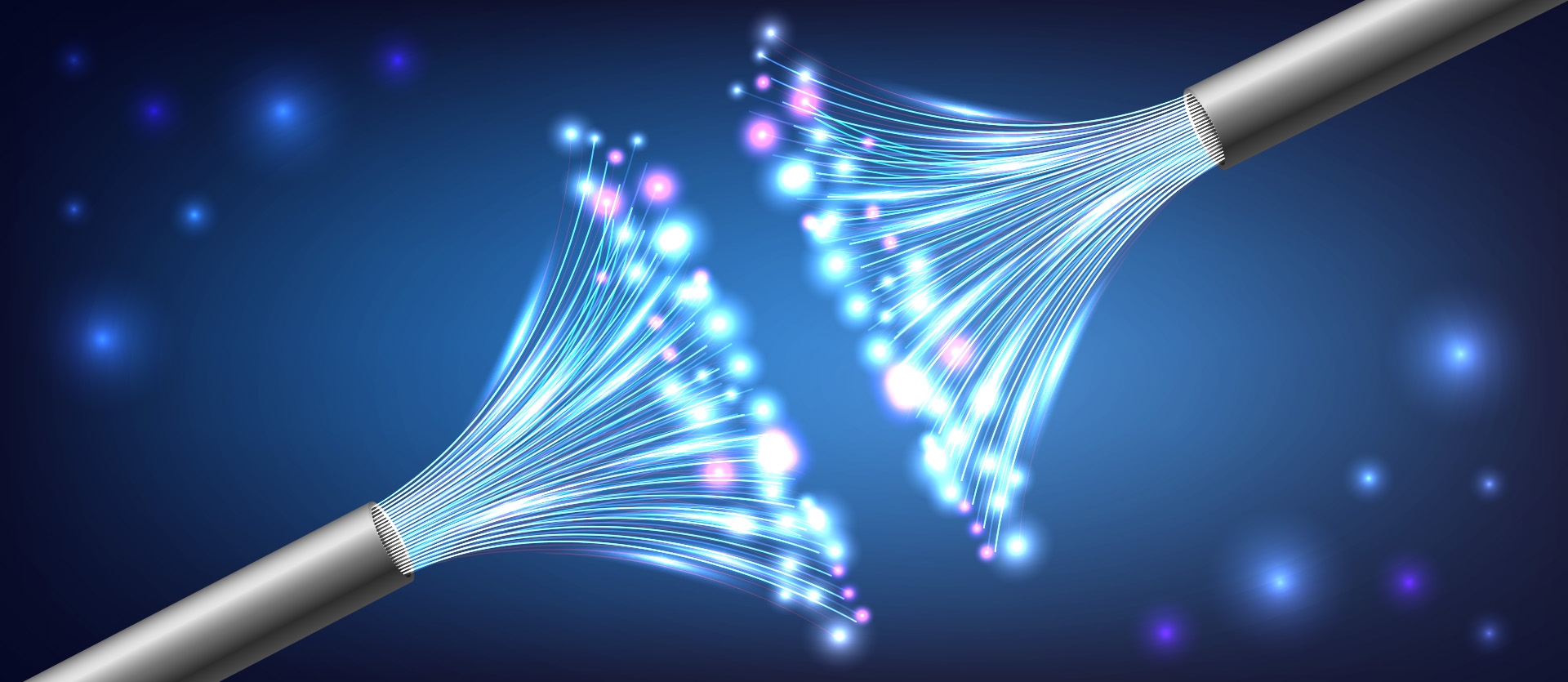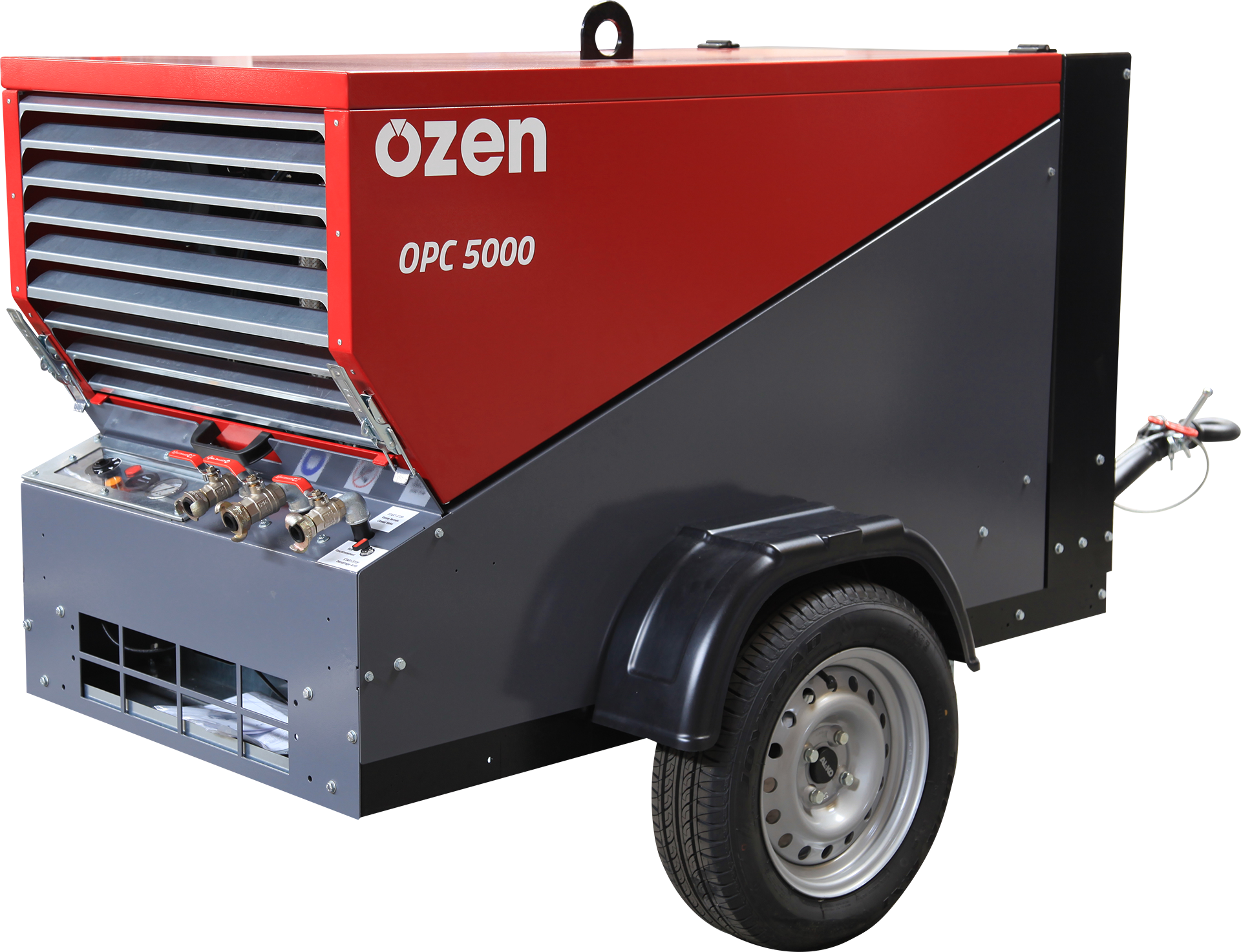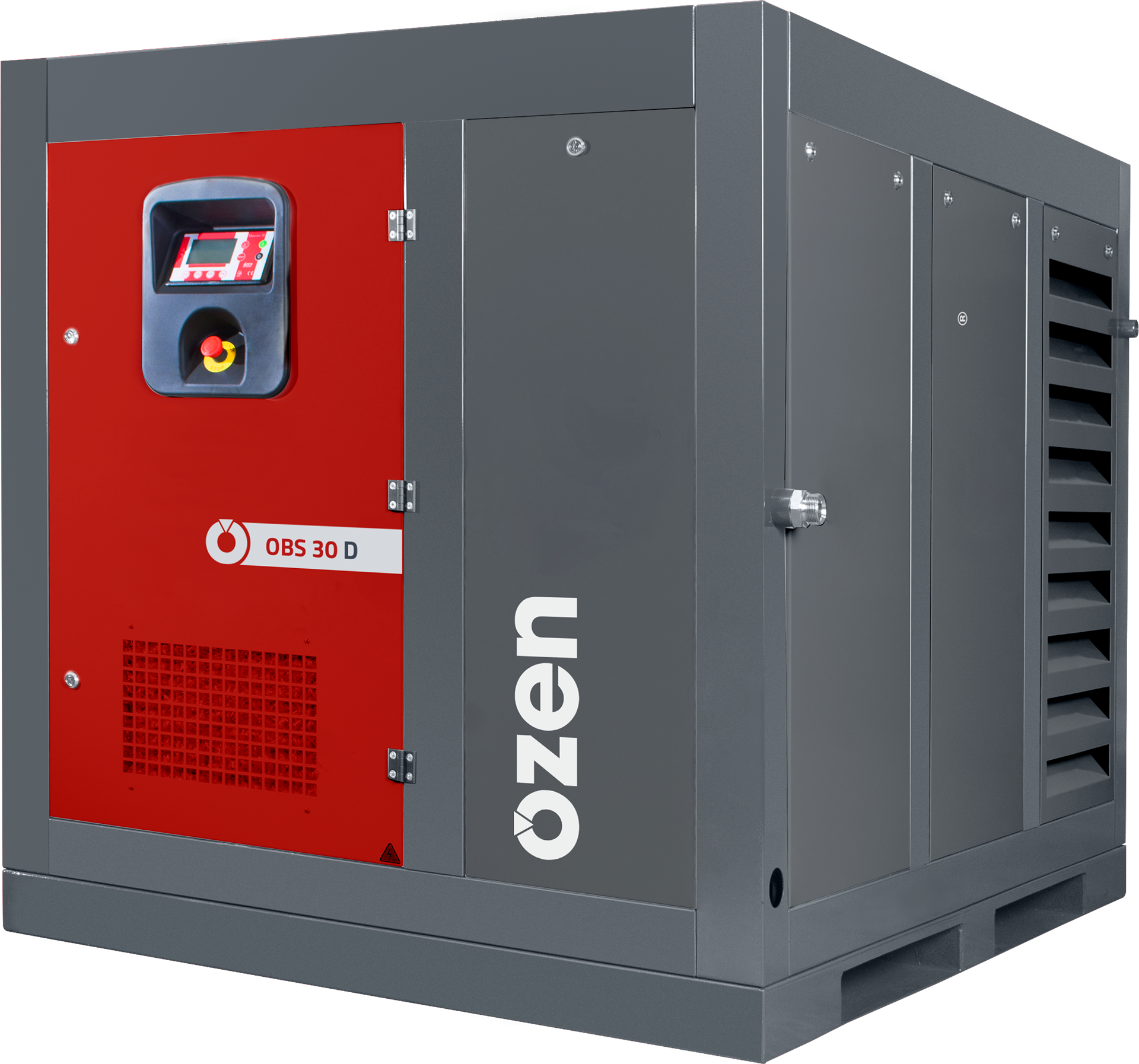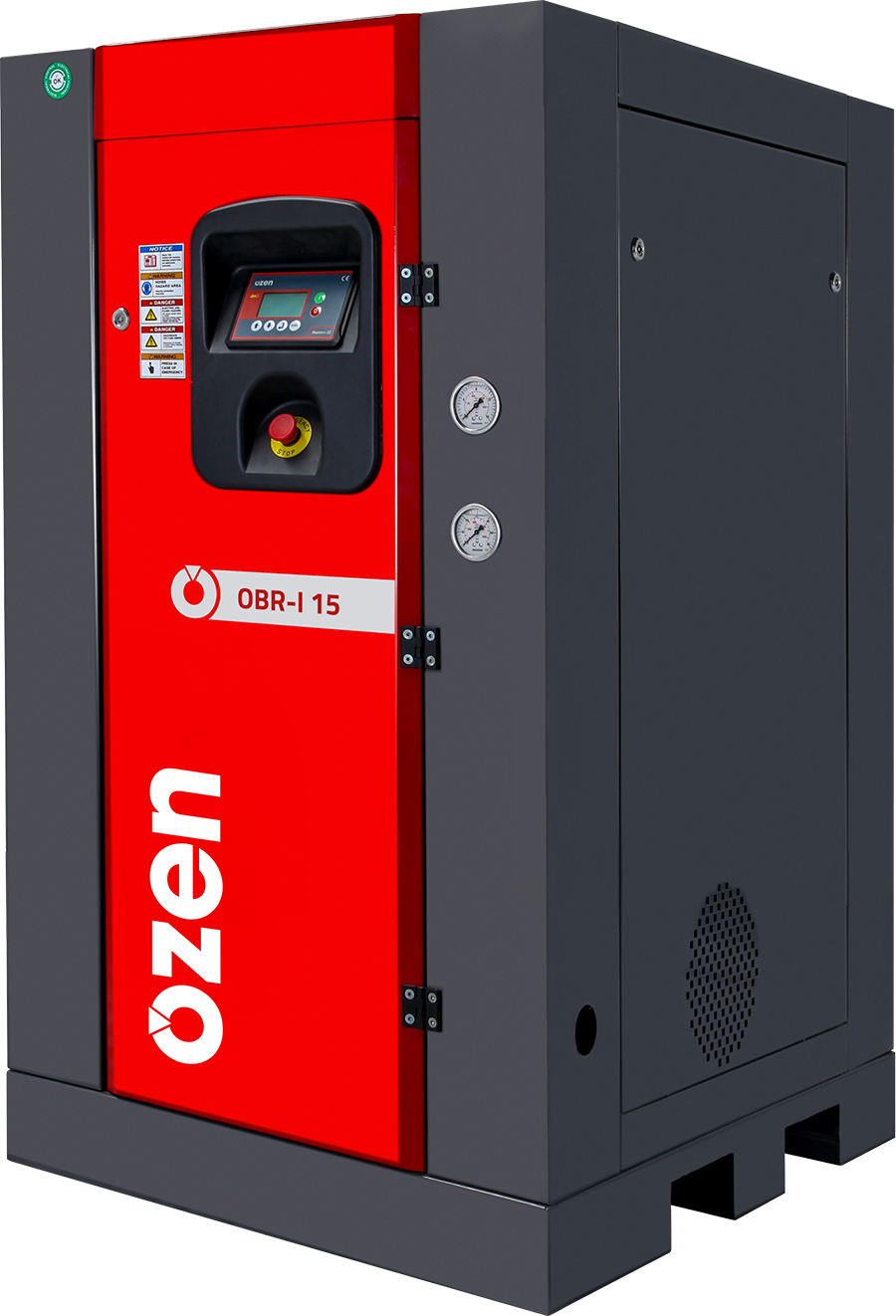Compressor Applications in the Fiber Optic Industry
23 July 2025, Wednesday

The fiber optic industry has been experiencing significant growth due to various factors that are driving the demand for high-speed and reliable data transmission. One of the main contributors to this growth is government-led initiatives to develop broadband infrastructure. These initiatives aim to strengthen the digital economy and expand access to information by encouraging the wider deployment of fiber optic cables. The superior performance and efficiency offered by fiber optic technology have accelerated investment in this field around the world.
The increasing demand in the fiber optic installation industry has also highlighted the importance of compressor technologies. Compressors play a vital role in the underground installation of fiber optic cables, enabling quick and damage-free cable placement. As a critical component of the industry, compressors help ensure that projects are completed on time and within budget. Growing competition has further increased the need for innovative compressor technologies.
Use of Compressors in Fiber Optic Production Processes

The production of fiber optic cables involves delicate processes such as drawing and coating glass preforms. In these processes, the use of clean and dry compressed air is critical. Compressors provide this air supply, ensuring the continuous and reliable operation of the production line. In fiber optic cable manufacturing, the efficiency of the compressed air system can directly impact product quality.
Compressed air supplied by compressors allows for precise drawing of glass preforms to the desired diameter and ensures smooth application of protective coatings. The air used must be free of moisture and particles; otherwise, it may cause blockages in the production line and lead to quality issues.
Compressors are also used for a variety of tasks during the installation and maintenance of fiber optic networks. Below are some examples of how air compressors are utilized in this sector:
Fiber Optic Cable Blowing Technique
The fiber optic cable blowing method plays a critical role in modern communication infrastructure. It involves blowing fiber optic cables into pre-installed ducts. Compressed air is injected into the ducts to guide the cables through. At this stage, compressors provide the necessary air pressure to facilitate the cable blowing process. When the air is injected into the duct, it creates an air cushion around the cable, making it easier to guide and install.

Cable Splicing
Cable splicing is the process of joining two fiber optic cables. This stage requires precise cable alignment and the use of specialized equipment. Compressors are used to power fusion splicers, which create a controlled environment for the splicing process using compressed air.
This ensures that dust particles are cleared away and the splicing area remains clean, contributing to the hygiene and precision of the operation. The use of proper equipment and environmental conditions enhances fiber optic cable performance and improves communication quality.
Cable Testing and Inspection
Fiber optic cables are often blown into pre-installed ducts using a compressor, which allows for quick and efficient installation. During this process, compressors supply the necessary air pressure for cable insertion. The compressed air flows through the duct, creating an air cushion that enables the fiber optic cable to advance smoothly without damage.

Equipment Cleaning
Fiber optic cable installation involves various tools and machinery such as cable pushers and duct cutters. For these tools to function effectively, regular cleaning and maintenance are essential. Routine cleaning prevents the accumulation of dust and dirt.
Using compressors, dust and debris can be blown off the equipment efficiently. Regular cleaning is also important for worker health, as dirty equipment can cause health issues and negatively affect workforce productivity.
Drilling Tool Applications
Drilling tools are used to create small underground holes. Portable air compressors are often preferred for such operations, as they provide the necessary air pressure to power the drilling equipment. Sufficient air pressure is essential for the tools to effectively penetrate different types of ground surfaces. An air compressor delivers the pressure required for underground drilling, ensuring that fiber optic cables can be safely and quickly installed while minimizing environmental impact.
